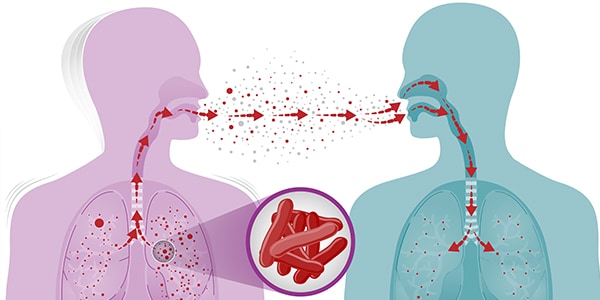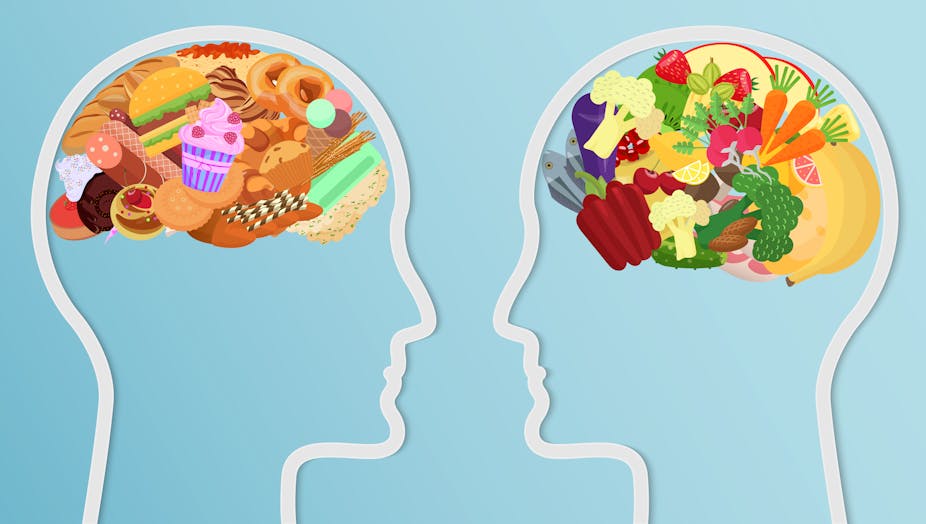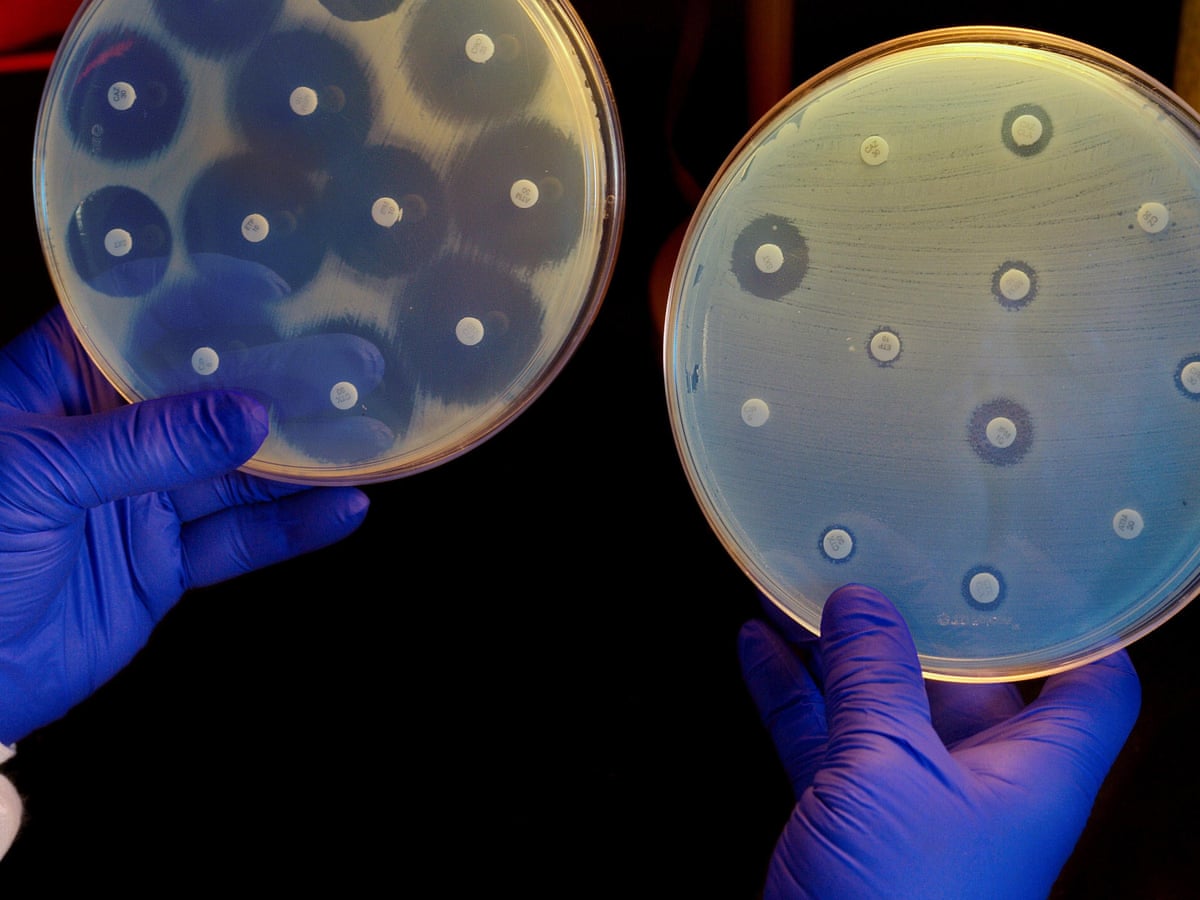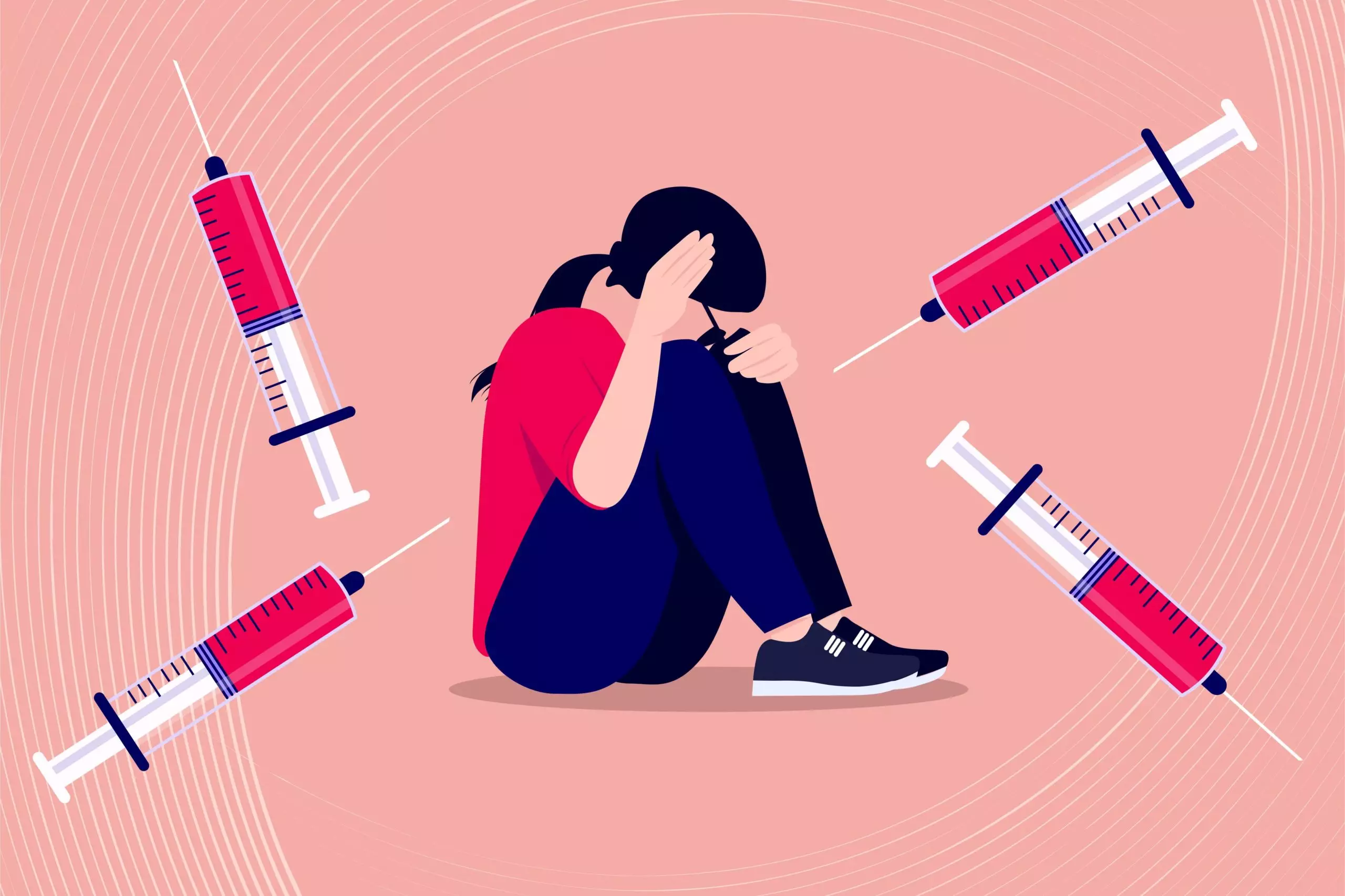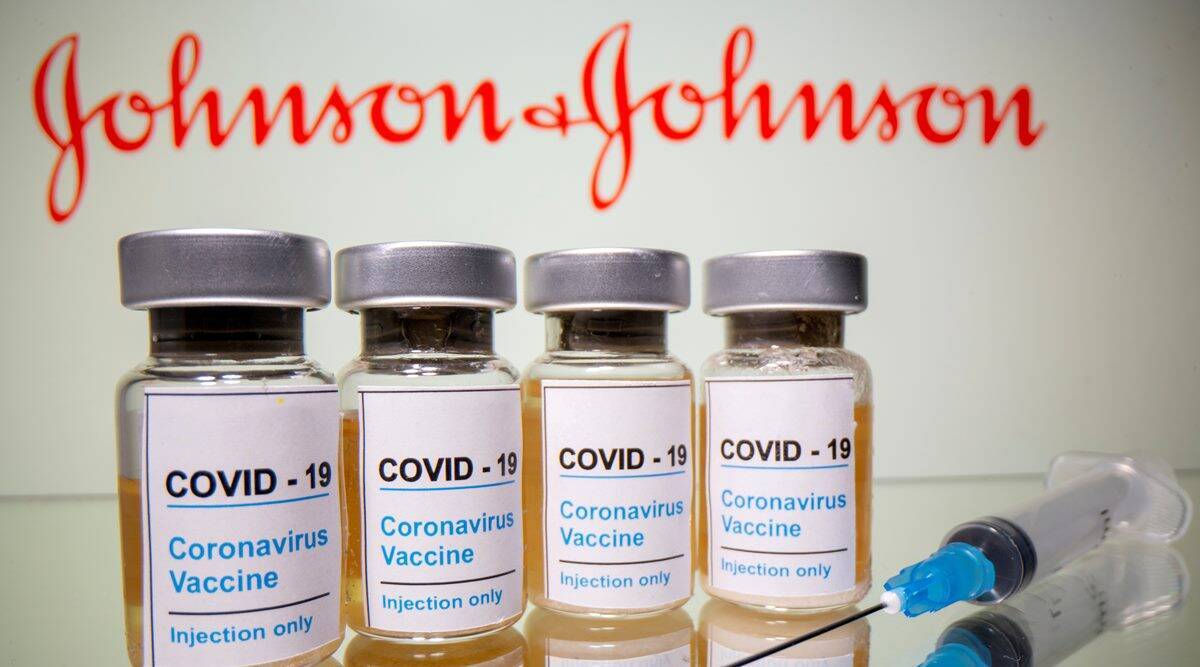Andrew Wakefield is an infamous British physician known for his study that associated the MMR vaccine to increased risk for autism. The study was published in a journal, The Lancet, in 1998. It took nearly 12 years for The Lancet to retract the study, despite the fact that in 2004, 10 authors filed for its retraction.
Andrew’s study played a key role in the popularization of vaccine hesitancy, which is also commonly associated with anti-mask beliefs. In my opinion, The Lancet played a bigger part in his achievement. If the study had been properly analyzed for suspicious tropes prior to its publication by The Lancet, then the vaccine hesitancy would not have gone far as it has come. It should not have taken 12 years.
This is not to say all people who are “anti-vax” lost causes. I know their reasons for their belief. I can empathize with their concerns because at the end of the day they are truly only worried about the health of their children. As someone who is a naturally suspicious person, I am extra cautious of what I put inside my body- not limited to vaccine. For this week’s blog, my goal is to clear up any misunderstanding you may have about the MMR vaccine.
Andrew Wakefield’s MMR-Autism Study
12 children, ages between 3-10, took part in the study where Andrew and his team investigated the correlation of the MMR vaccine and autism. His controls were blood, urine, and stool samples of 14 children who “age-matched” and “sex-matched” the subjects of the study. In other words, there weren’t actually any controls in the study, but data from other children instead. Furthermore, 12 children is nowhere near a representation of the of hundreds of thousands of children who received the MMR vaccine each year. The subjects were also chosen by Andrew himself, so he can manipulate the study for his benefits.
You may be wondering what I mean when I say “his benefit.” As it turns out, Andrew Wakefield was a crooked a man who soon became the face of the anti-vaccine movement. According to NCBI, an investigation in his life showed that Wakefield had sketchy relations with “lawyers and families who were pursuing the manufacturers of the vaccine in the courts.” In other words, Andrew Wakefield was getting paid to forge and manipulate scientific data so that the manufacturers of it can be sued, profiting the lawyers and families of children with autism.
It is hard to digest.
The study has obvious bias. So, more studies began to replicate its findings and prove it wrong. One example, is the retrospective study by Kreesten Madsen and his team that showed no correlation between autism and the MMR vaccination. They obtained information of children’s age from the Danish Civil Registration System and the Danish National Board of Health for their MMR-vaccination status. Out of 567,303 children, 440,655 of them received their MMR vaccine. They “identified 316 children with a diagnosis of autistic disorder and 422 with a diagnosis of other autistic-spectrum disorder.” They then calculated the Risk Ratio (also called relative risk) of autistim-spectrum disorders between the vaccinated and unvaccinated groups of children. The Risk Ratio follows this formula:
It takes into account various factors, such as demographic, age, etc. to get the most accurate comparison of the prevalence of a disease between the two groups. A relative risk greater than 1 shows that there is an increased risk among the first group. Meanwhile, a relative risk less than 1.0 shows that there IS a lower risk among the first group, “indicating that perhaps exposure actually protects against disease occurrence.” In the case of Madseen’s study, the relative risk between the children with autism- related disorders in vaccinated and unvaccinated group was 0.92.
The data speaks for itself. The MMR vaccine does not increase the risk of autism or any autism-spectrum disorder.
Now, I have a lot of questions.
First, how was it possible that Wakefield’s “study” pass through the screening process for publication?
Second, why did it take more than a decade for the “study” to be retracted despite new studies providing it to be wrong?
Third, who else is getting paid?
I hate to be that guy, but all of this seems very fishy. We already know that Andrew Wakefield had some really suspicious relationships with lawyers, so who’s to say that there wasn’t any funny business going on in The Lancet?
Regardless, the damage has been done and justice was served.
Andrew Wakefield had his licensed revoked and study retracted. Justice served, right?
Wrong! The collateral damage from Andrew’s behavior and The Lancet’s enabling is irreparable! Even a hefty fine couldn’t fix this. I don’t know what would, but 12 years is too long to let them off the hook like that.
Where to go From Here
I am pro-vaccination, as you can probably tell by the voice in my blog posts. To me, the scientific data doe not lie, especially when it is properly obtained. I believe the statistics and I believe in the scientists.
I know the MMR vaccine works because I do not know anyone around me who have gotten measles, mumps and rubella because we are all vaccinated. It is truly a privilege to be able to say these things. In my home country, the Philippines, outbreaks of measles still occur. In 2018, childhood immunization was 66%!
Mothers are very hesitant to vaccinate their children, especially in developing countries like mine, where access to healthcare information is difficult. There is obvious mistrust between people and scientists, those guys up making the vaccines.
It is hard to change someone’s mind when you’ve broken their trust. Education can only go so far when people have already set their minds on their belief. That’s why I think that the only way to reconcile that trust is by punishing those responsible for breaking it, properly. The people must know that justice is on the side of the truth. There are a lot of bad people in this world who are willing to jump over hoops to make a big profit. When they are caught, they should face the courts properly and receive the correct punishment.
I hope I was able to clear up any sort of misunderstanding you had about the MMR vaccine and the autism scandal. Tune in next week, I’ll be talking about something cool again.
